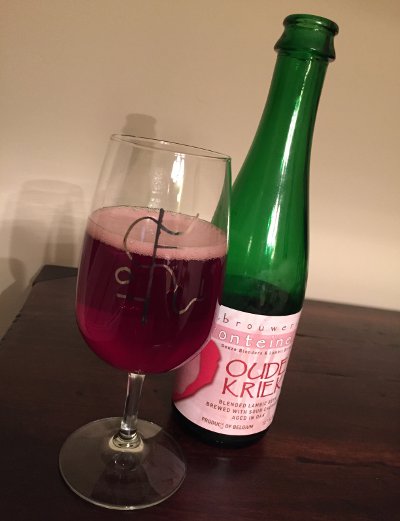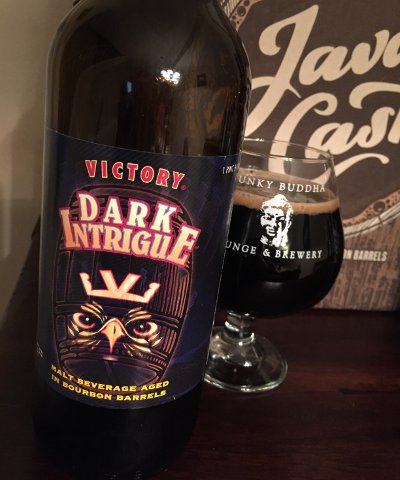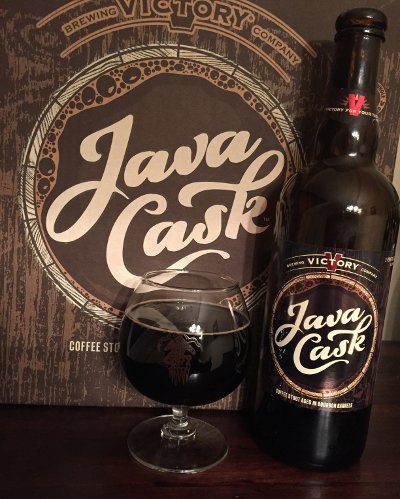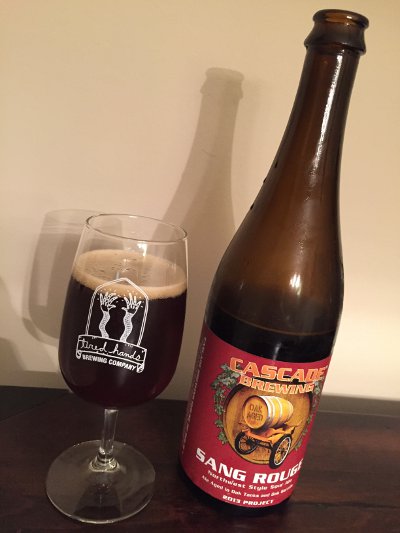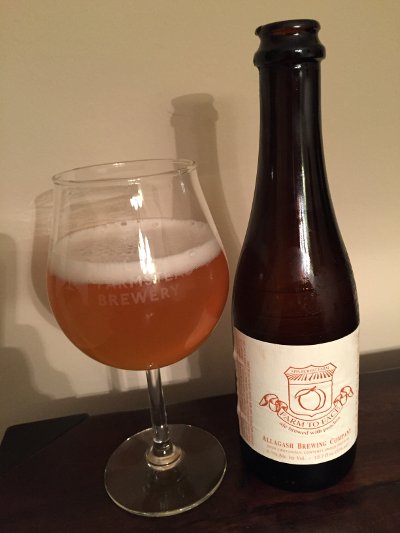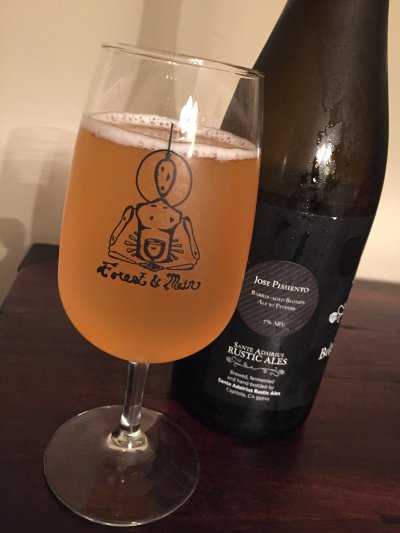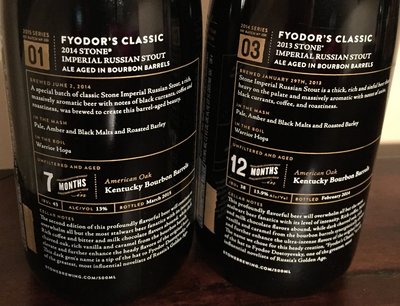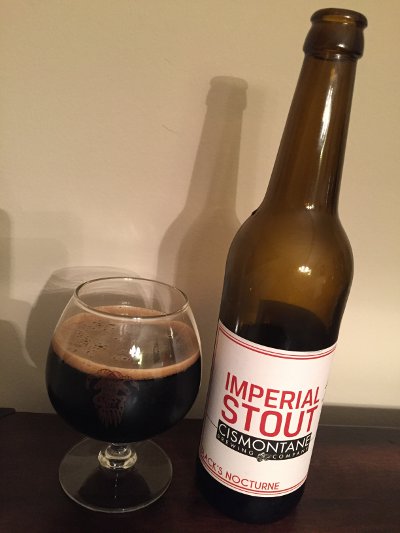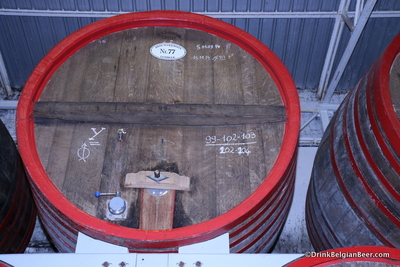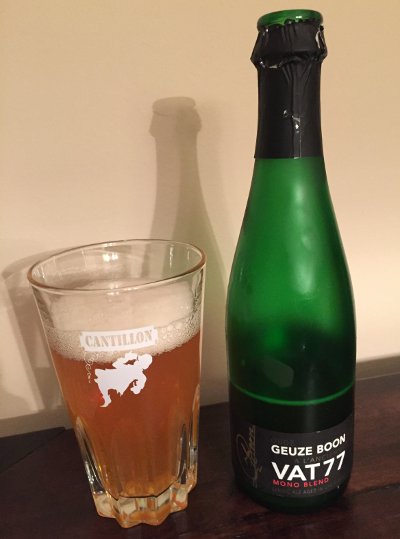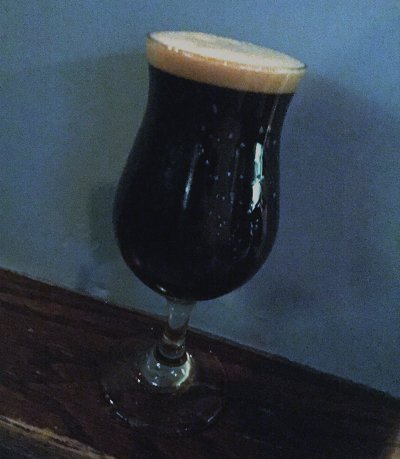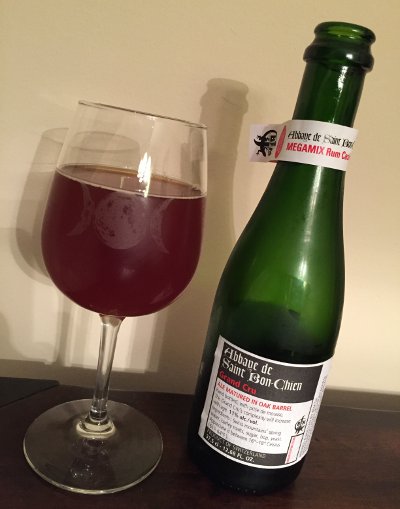Last week, Jay at BeerSamizdat dusted off an unintentionally “laid down” 2011 bottle of He’Brew Jewbelation 15, and he seemed to enjoy it. Seeing this, I was inspired to dig around in my cellar for the vaguely frightening He’Brew Jewbelation Reborn. “Reborn” because Frightening because for the longest time, Shmaltz was a contract brewing operation (not usually considered a good thing in beer dorkdom), but by their 17th year, they had finally built their own brewery. “Frightening” because it’s a 17 malt, 17 hop, 17% ABV monstrosity that I received as a gift a few years ago and just never found the time or inclination to open up. Jay hits the nail on the head when he describes the prevailing attitude towards Shmaltz:
You know, SHMALTZ may only get partial and begrudging props from the discerning modern craft beer enthusiast, probably because of their marketing gimmicks, the fact that they’ve been around so long (and are therefore “old”) and because their best-known beers are the Coney Island lagers.
Yeah, that gimmicky stuff is one of the reasons this spent so long in the cellar. The whole 17 of everything just smacks of unnecessary artifice. Despite my fears, this wound up being pretty enjoyable, and heck, it’s Hanukkah, so this is perfect (yeah, I cut it a little close as it appears today is the last day, but better late than never – and this is downright early by Kaedrin standards). Thanks again to Jay for inspiring this little adventure. He’s a real mensch.
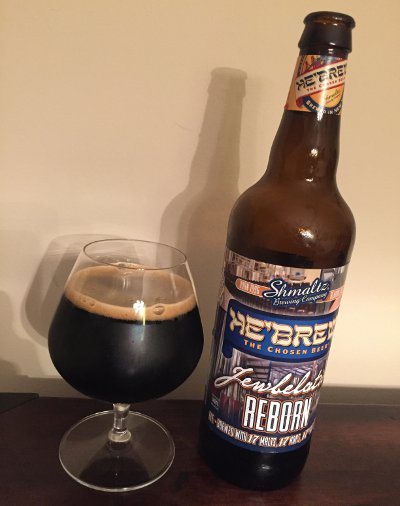
He’Brew Jewbelation Reborn – Pours a deep, very dark brown color, almost black, with a finger of light brown head. Smells very sweet, caramel, chocolate, vanilla, brown sugar, sugar cookie, almost snickerdoodle, are there spices in this? Also a pretty sizable hop presence, piney, resinous. Really nice nose, actually. Taste starts off with all rich malts, caramel, chocolate, vanilla, molasses, less sugar cookie, more roast here in the taste, and a big faded hop character too, piney and resinous like the nose. Mouthfeel is full bodied, rich, and chewy, ample carbonation, lots of boozy heat, but not unpleasantly so. Overall, this is pretty good, if a bit overkill and probably too much for a bomber. I initially gave this a B but since it’s Hanukkah, maybe make that a B+. L’Chaim!
Beer Nerd Details: 17% ABV bottled (22 ounce bomber). Drank out of a snifter on 12/11/15.
It appears that all later vintages of Jewbelation have abandoned the whole XX of everything approach (where XX is their anniversary, up to 19 now), at least for the ABV, which is now a more welcoming 10-13% affair. Good on them.
